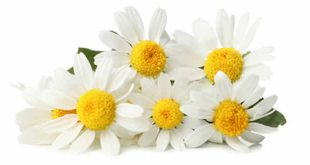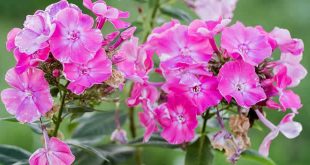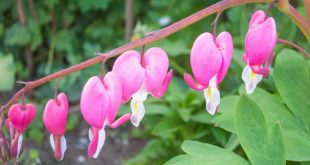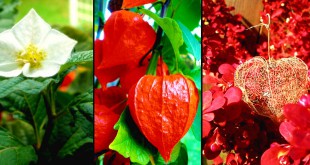 Croton — Codiaeum is a genus of plants under the family Euphorbiaceae. It comprises about 16 species, found from Malesia to the Pacific. They are shrubs with leathery leaves and often confused with the genus Croton. Some species, especially Codiaeum variegatum, are cultivated as houseplants.
Croton — Codiaeum is a genus of plants under the family Euphorbiaceae. It comprises about 16 species, found from Malesia to the Pacific. They are shrubs with leathery leaves and often confused with the genus Croton. Some species, especially Codiaeum variegatum, are cultivated as houseplants.
Codiaeum variegatum (Commonly called a “croton”, or “variegated croton”) is a species of plant in the Codiaeum Genus, which is a member of the family Euphorbiaceae. It is commonly used as a house plant.In the wild, garden croton is an evergreen shrub that grows to 10 ft (3.1 m) tall and has large, leathery, shiny leaves. The cultivated garden crotons are usually smaller and come in an amazing diversity of leaf shapes and colors. What they do have in common are rather thick evergreen alternate leaves, tiny inconspicuous star-shaped yellow flowers that hang down in long racemes, and a milky sap that bleeds from cut stems. Depending on the cultivar, the leaves may be ovate to linear, entire to deeply lobed, and variegated with green, white, purple, orange, yellow, red or pink. The colors may follow the veins, the margins or they may be in blotches on the leaf. Garden croton occurs naturally in southern Asia, Indonesia and other Eastern Pacific islands where it grows in open forests and scrub. There are several hundred cultivars, selected and bred for their beautiful foliage. Popular cultivars include ‘Spirale’ which has spirally-twisted red and green leaves; ‘Andreanum’ which has broadly oval yellow leaves with gold veins and margins; ‘Majesticum’ which has 10 in (25.4 cm) long linear leaves with midrib veins yellow maturing to red; and ‘Aureo-maculatum’ which has leaves spotted with yellow. It’s quite a challenge to keep these beautiful foliage plants healthy outside of the tropics or a greenhouse. They need to be kept warm and humid. Light:Needs bright light or partial shade, but should be shaded from direct summer sun. Moisture: Crotons require moist, humus-rich, but well-drained soil. Water and fertilize weekly during the growing season. Water moderately during the winter, and never let the soil dry out. Spray the leaves daily with tepid water in air-conditioned environments. Hardiness: USDA Zones 10 – 11. Crotons do best at temperatures between 60 and 85 degrees F. and will die if temperatures stay below about 46ºF (7.8ºC) for very long. Propagation:Propagated by air-layering or tip cuttings of softwood. Dip the cut end in powdered charcoal to stop the bleeding, and keep cuttings above 70ºF (21ºC). They should develop roots in a month or two. In tropical climates, crotons make attractive hedges and potted patio specimens. Elsewhere, they are grown in greenhouses or as house plants, valued for their striking foliage. In the home, put crotons on a window sill that faces southeast or southwest, but protect them from drafts and severe fluctuations in temperature. The better the light, the brighter the foliage colors will be, but do not leave crotons in direct sun when grown indoors.Don’t confuse the garden crotons with Croton, a cosmopolitan genus also in the Euphorbiaceae, containing more than 700 species of herbs, shrubs and trees, some of which are native weeds in North America.When put under direct sunlight, crotons will shrink and die.
 Kids Portal For Parents India Kids Network
Kids Portal For Parents India Kids Network




